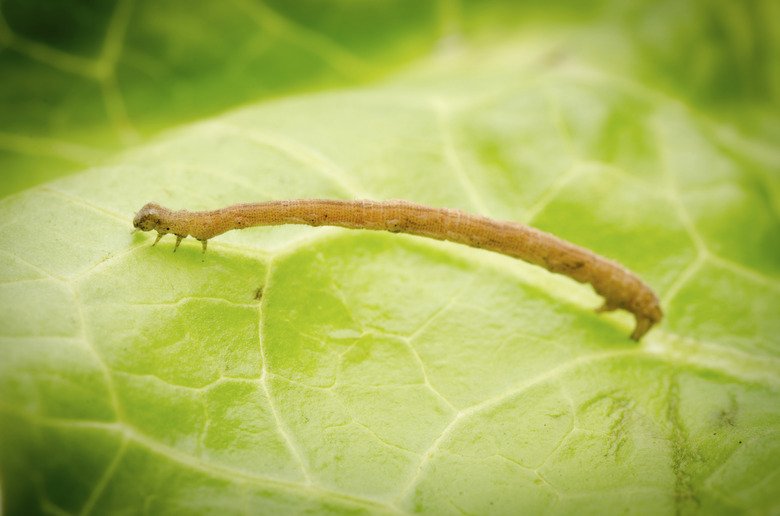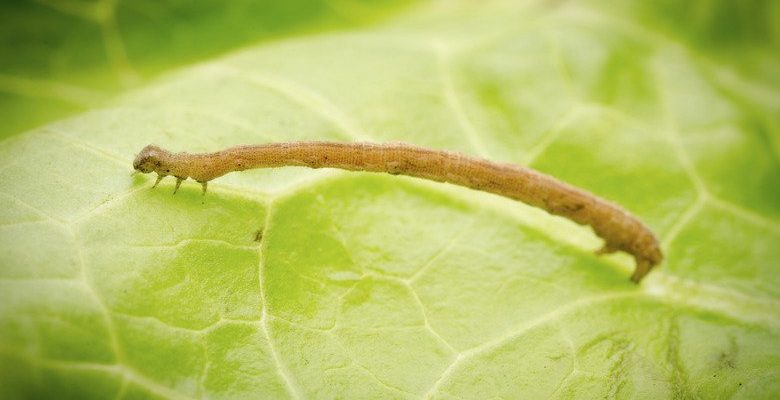
So, what prompts these inchworms to pop up as soon as the days get a little warmer? You might think it’s all about weather changes, but there’s a lot more going on behind the scenes. In this article, we’ll break down the factors influencing their emergence, how these patterns connect to their life cycle, and why they are crucial for the ecosystem. By the end of this, you’ll have a clearer picture of these fascinating creatures and their seasonal behaviors.
What Triggers Inchworm Emergence?
You might be wondering what actually makes inchworms decide it’s time to come out. Their emergence is largely dictated by **temperature** and **photoperiod**, which is just a fancy way of saying the length of daylight. As the weather warms up and days grow longer, inchworms sense these changes and prepare to make their move.
To put this into perspective, think about how you might feel a little more energetic on a sunny day compared to a gloomy one. Inchworms can “feel” the temperature changes through special receptors on their bodies. When it hits that sweet spot—usually around 60°F (15°C) or warmer—they get the green light to start inching around.
The Role of Temperature
Temperature plays a crucial role in inchworm emergence. Each species has its own preferred conditions, but generally speaking, warm temperatures awaken them from their winter slumber. If it stays cool longer, they might hold off a bit longer, delaying their appearance.
Here’s where it gets interesting: even a small fluctuation in temperature can significantly impact when and how many inchworms emerge. For instance, if an early spring brings a few warm days, you might see them crawling out ahead of schedule. However, if a late cold snap hits, it could send them back into hiding. It’s a delicate balance that helps them survive.
Life Cycle and Seasonal Patterns
Just like any creature, inchworms go through a life cycle that significantly impacts when they emerge. They start as eggs laid on host plants, which is where they’ll eventually feed after hatching. The timing of this hatching often aligns with the budding of leaves on specific trees, creating an ideal buffet for the hungry larvae.
When the conditions are right, the eggs hatch in early spring, coinciding with the new growth of leaves. This synchronization is vital; the closer the hatch is to the emergence of fresh leaves, the better their chances of survival. During this time, you may see inchworms actively feeding and growing, and this is when you’ll notice them most!
The emergence pattern of inchworms isn’t a one-size-fits-all deal. Some species may emerge early in spring, while others wait until mid to late spring, depending on their specific life cycles. For instance, the **Eastern Tent Caterpillar**, a type of inchworm, usually makes its appearance as soon as the blossoms begin to bloom.
On the other hand, certain species might stay dormant a little longer to avoid the risk of frost. As they emerge, you’ll find that they’re not just wandering aimlessly; they’re on a mission to find food, grow, and eventually become moths. This seasonal differentiation is essential for their management and conservation as well.
The Ecosystem Impact of Inchworms
You might not think much about inchworms, but they play an important role in the ecosystem. These little critters are a significant food source for birds and other predators. Their emergence in the spring provides a timely feast when many birds are raising their chicks.
When inchworms munch on leaves, they trim them back without killing the plants. This can actually help some trees and shrubs become even healthier by promoting new growth. Think of it as nature’s way of pruning! By keeping plant populations in check, inchworms contribute to the overall balance of their ecosystems.
Behavior During Emergence
During their active period, inchworms exhibit unpredictable behavior. You may spot them hanging from branches or even crawling along pathways. They often display a defense mechanism where they “freeze” and blend into their surroundings, making them hard to spot.
This is an instinctive way to avoid being eaten. If you ever get a close look, you’ll see how their green bodies blend seamlessly with the leaves they feed on. It’s a splendid example of nature’s camouflage at work!
How to Spot Inchworms in Your Backyard
So, how can you find inchworms in your own backyard? First, look for them on trees like oaks, maples, and birches, which are their favorite spots for munching. Early mornings or late afternoons are the best times to search since they’re most active then.
Another handy tip is to check for web-like nests in trees, often made by their parent moths. Look for tiny green, brown, or even yellow critters inching along branches. If you see them, consider yourself lucky!
Encouraging Inchworms in Your Garden
If you want to attract more inchworms to your garden, plant native trees and shrubs. These provide food and a habitat for them to thrive. Avoid using harsh pesticides, as these can harm not just inchworms but beneficial insects too. Instead, focus on creating a balanced ecosystem where natural predators can do their job.
Also, consider planting flowers that bloom in spring, providing extra food sources for the birds that rely on inchworms. It’s a win-win: more inchworms mean a healthier ecosystem and happier birds!
Understanding the seasonal emergence patterns of inchworms unveils a hidden world right in our backyards. These little creatures are more than just cute; they play a significant role in the ecosystem. By knowing what triggers their emergence, we can appreciate their contribution to nature and the delicate balance of life.
Next time spring rolls around, take a moment to look for inchworms and marvel at their slow, rhythmic inching. They’re an essential piece of our natural tapestry, reminding us of the wonders of the world around us. So, whether you’re on a nature walk or simply looking out your window, keep your eyes peeled for these tiny dancers of spring!

